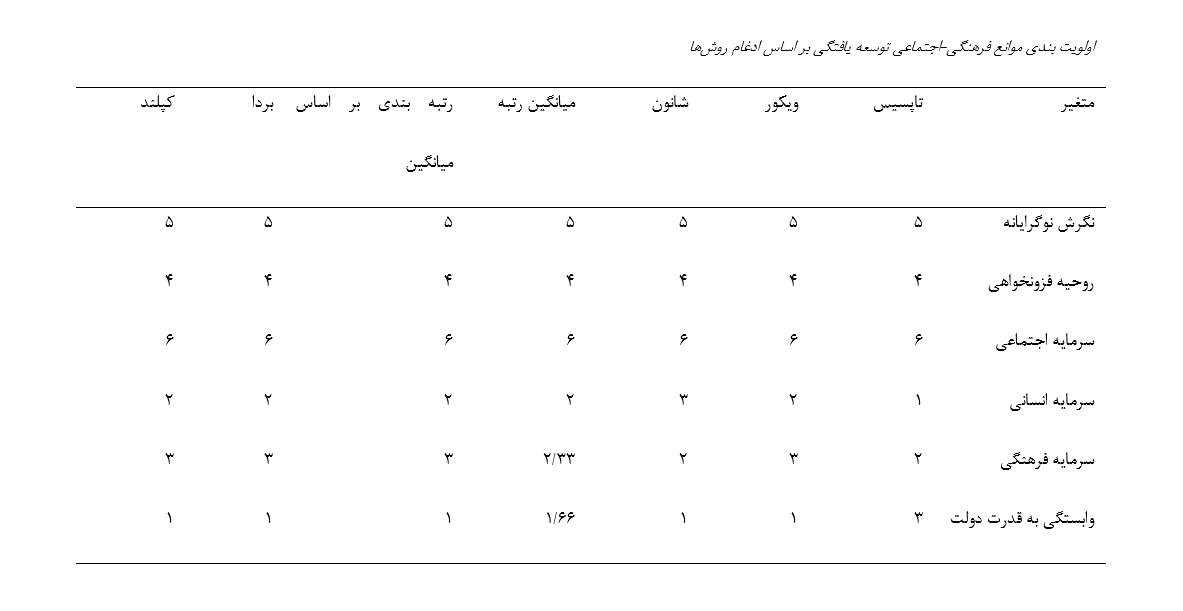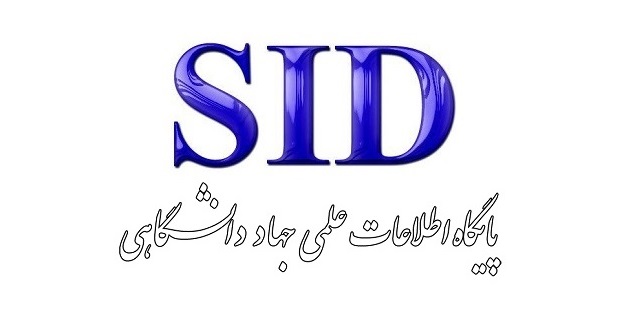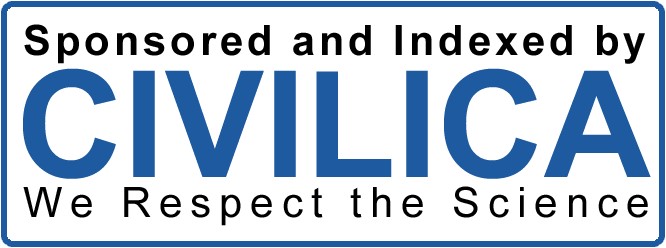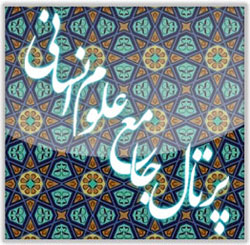A Sociological Examination of the Socio-Cultural Barriers to Development (Case Study: Bileh Savar)
Keywords:
Development, ocio-cultural barriers, Bilesavar cityAbstract
Development necessitates change, and any form of development aimed at advancing society cannot be achieved without profound transformations in socio-cultural structures. This study investigates the socio-cultural barriers to development in the city of Bileh Savar by employing both a survey technique and the grounded theory method. The statistical population in the quantitative section consisted of 400 citizens aged 20 and above, with at least a high school diploma, employed in various professions. In the qualitative section, 15 university professors, managers, and experts in the social and cultural domains of Bileh Savar were selected using purposive sampling until theoretical saturation was reached. The findings from the quantitative section indicate a significant relationship between all independent variables, including social capital, human capital, aspiration spirit, modernist attitudes, dependency on state power, cultural capital, and the level of development in Bileh Savar. The qualitative findings further reveal that the city's development is influenced by a set of specific conditions, categorized into three main dimensions. The causal conditions include the lack of a modernist attitude, weak social capital, dependency on state power, and weak human capital. The intervening conditions consist of weak cultural capital, inefficiency and ineffectiveness, and the absence of an aspiration spirit. The contextual conditions encompass the ecological situation and low levels of investment. These conditions collectively and interactively have led to the emergence of a phenomenon termed imbalanced development (core category), which has impacted Bileh Savar. In response, the residents of this city have adopted specific strategies, which can be classified into two broad categories: conflict with the status quo and adaptation to prevailing conditions. The consequences of these strategies, considering the prevailing conditions, include the persistence of underdevelopment, migration, and a low quality of life for the city's residents. Based on these findings, experts interpret the underdevelopment of Bileh Savar as a manifestation of uneven and uncoordinated development.
Downloads
References
Adeli, M. R. (2003). The Concept of Underdevelopment. Monthly Journal of Business Studies.
Ale-Omran, R., & Ale-Omran, A. (2012). Measuring the Impact of Human Capital Promotion on Economic Growth in selected countries of OPEC. Journal of Science and Technology Parks & Incubators, 8(32), 41-53.
Anchorena, J., & Anjos, F. (2008). Social Ties and Economic Development. In.
Azizi, A., & Seydian Hashemi, S. (2016). Examining the Factors Influencing Social and Economic Development in Isfahan. Social Sciences of Shushtar, 10(1).
Azkia, M. (2010). Contemporary Social Theories with a Developmental Approach.
Azkia, M., & Ghafari, G. (2005). Sociology of Development. Keyhan Publications.
Babaei Fard, A. (2010). Cultural Development and Social Development in Iran. Scientific-Research Quarterly of Social Welfare, 10(37).
Borg, J. V. D., & Russo, A. P. (2005). The Impacts of Culture on the Economic Development of Cities. European Institute for Comparative Urban Research (EURICUR), Erasmus University Rotterdam.
Didari, C., Mohseni, R. A., & Bahrani, M. H. (2018). Examining Factors Affecting Underdevelopment in Kurdistan Province with Emphasis on Cultural Development. 37, 192-226.
François, P. (2002). Social Capital and Economic Development. Rutledge.
Ghavihoush, S. (2015). Examining the Cultural-Social Causes of Underdevelopment in Germi County Islamic Azad University, Science and Research Branch].
Grootaert, C., & Bastelaert, T. (2002). The Role of Social Capital in Development. Cambridge University Press.
Hesari, F., Rostami, F., Khosravi, S. A., & Jalilian, R. (2013). Examining Cultural Barriers Affecting Iran's Economic Development from the Perspective of Tehran University Students. Second International Conference on Management, Entrepreneurship, and Economic Development,
Jafarzadeh, J., Rostamzadeh, H., & Hassani Tabar, S. M. (2017). Determining and Analyzing the Development Levels of Counties in Ardabil Province. Human Settlements Planning Studies, 12(3).
Mardoukhi, S., & Saei Orsi, I. (2018). Explaining the Causes of Underdevelopment in Kurdistan Province, Iran (Using a Qualitative Approach). Iranian Journal of Social Development Studies, 11(1).
Misra, R. P., & Mabogunje, A. L. (1981). Regional Development Alternatives: International Perspectives. Maruzen Co. Ltd.
Moloudian, H., Zolfaghari, M., & Azimzadegan, M. (2015). Examining the Impact of Social and Cultural Factors on Economic Development. International Conference on Management, Culture, and Economic Development, Mashhad.
Piri, R., Karampour, R., & Kafashi, M. (2019). Examining Social Barriers to Development in Ilam Province Using Grounded Theory Method. Social Development Quarterly (formerly Human Development), 13(3), 163-196.
Popa, A.-M. (2012). The Impact of Social Factors on Economic Growth: Empirical Evidence for Romania and European Union Countries. Romanian Journal of Fiscal Policy, 3(2), 1-16.
Saberi, J. (2016). Examining Cultural and Social Factors Affecting the Underdevelopment of Kohgiluyeh and Boyer-Ahmad Province from the Perspective of Yasuj Citizens Islamic Azad University, Science and Research Branch].
Tavakoli, K. (1995). Cultural-Social Barriers to Rural Development in Saqqez County Faculty of Literature, University of Isfahan].
Zali, N., & Sajjadi Asl, S. A. (2017). Identifying Key Factors Affecting Regional Underdevelopment (Case Study: Kohgiluyeh and Boyer-Ahmad Province). Regional Planning Quarterly, 7(26).








